Question
Project Management, this is a case study about Aggressive Deadlines Require Aggressive Strategy and Discipline. Please use the case study report format below to answer
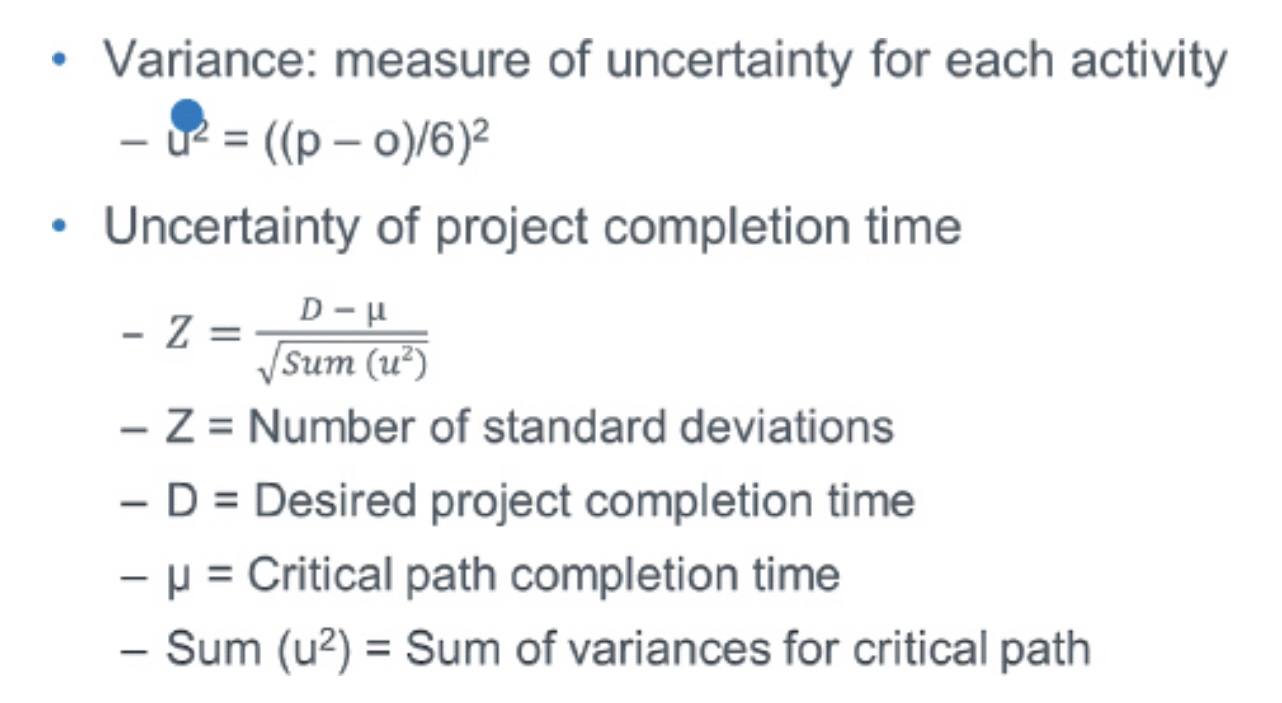
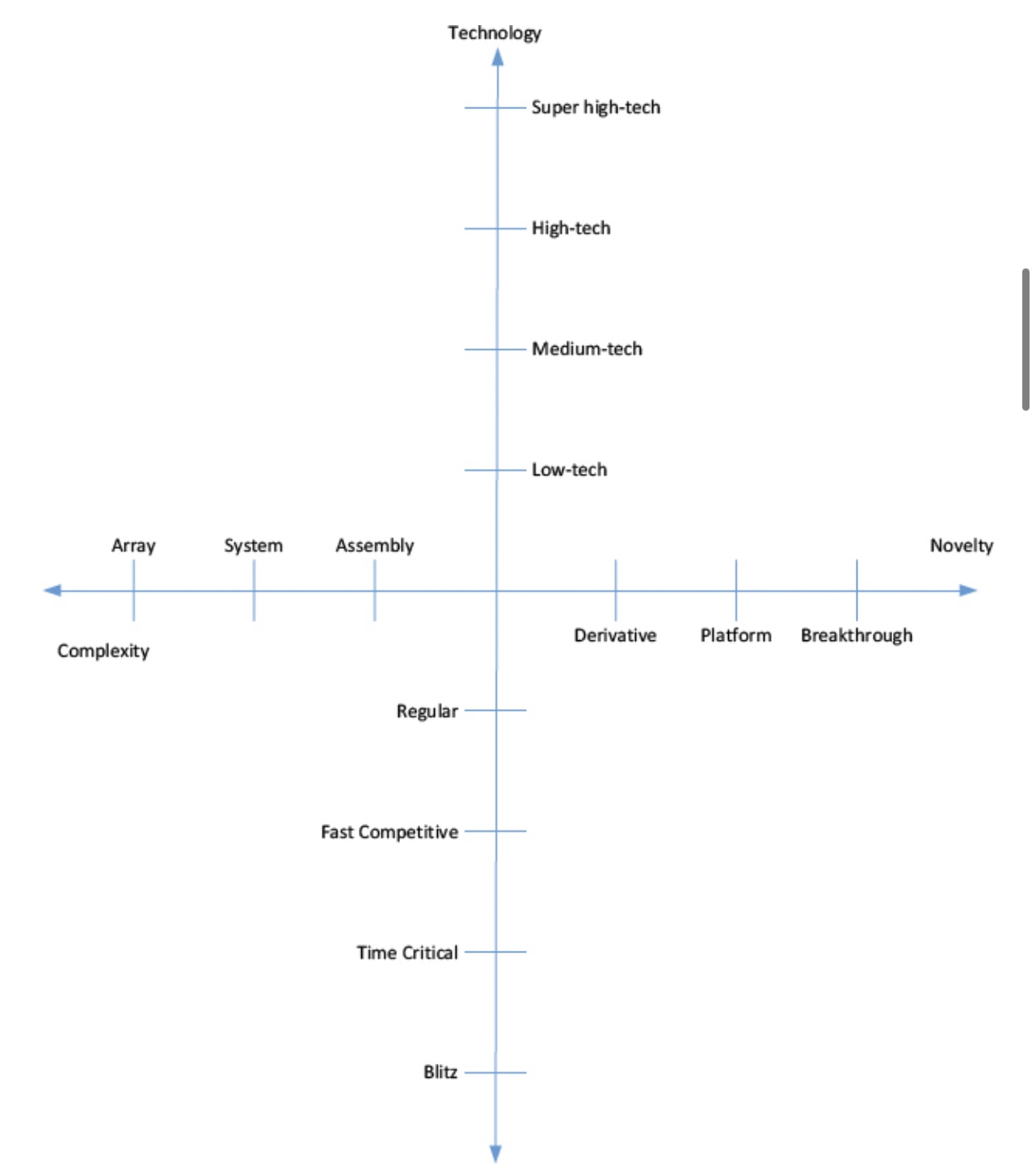
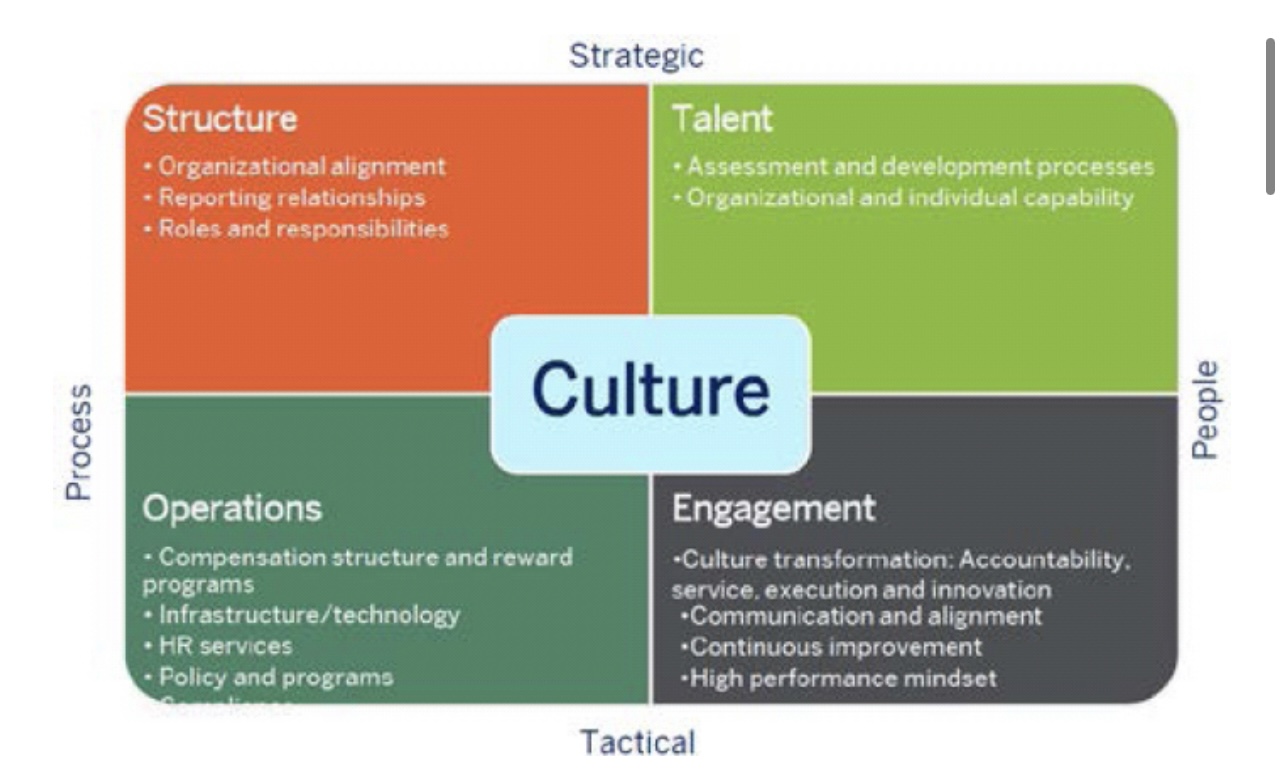
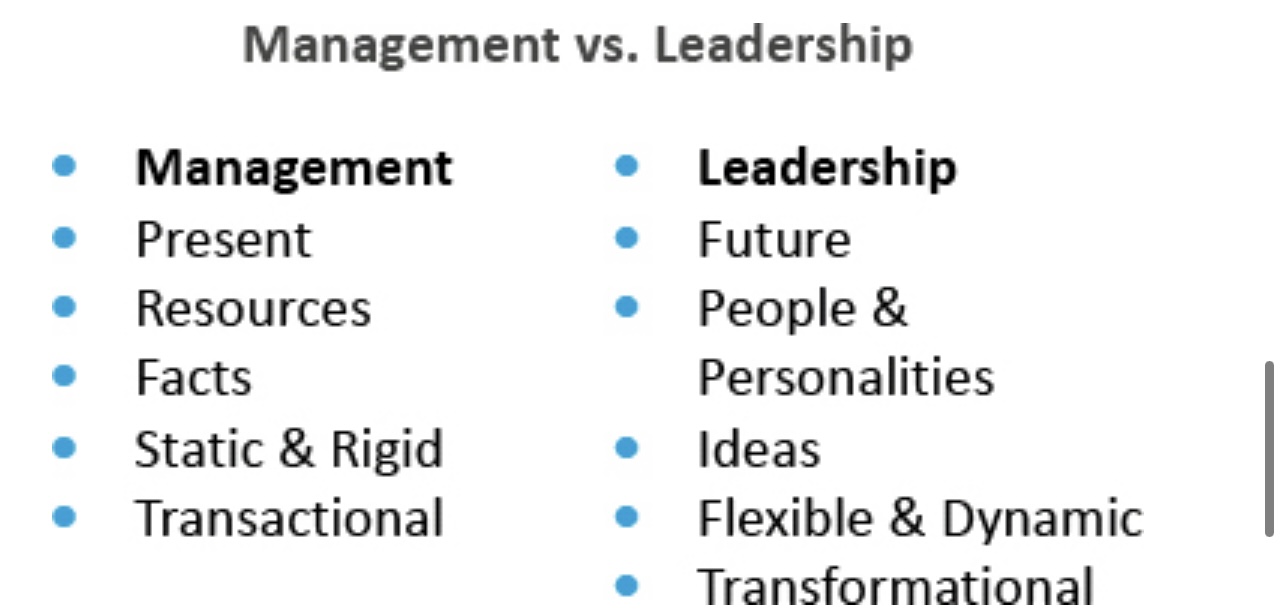
Project Management, this is a case study about Aggressive Deadlines Require Aggressive Strategy and Discipline. Please use the case study report format below to answer it. The article about the Aggressive Deadlines Require Aggressive Strategy and Discipline is also below.
Case Study Report Format:
Title Page - Contains course name, school name, case title, student names, instructor name, and date of case submission.
Abstract - this section should provide a summary of the essential aspects of the case including the purpose, the key findings, significant points of discussion, and major conclusions. Some discussion of theory may also appear here.
Introduction - Includes subject (what you are writing about), purpose (why you are writing about the subject), scope (how broadly the subject will be treated), and plan of development (what you are going to cover).
Processing Pertinent Information - Describe the case information. Using paragraph structure, describe the necessary information (data) provided in the case. Be specific and precise.
Results - This is where you document the suggestions/outcome of the case in the form of data and equations. Use tables, charts, figures, etc. to convey to the reader your findings. Be neat?label all graphs, charts, etc.
Discussion - Provide an analysis of the results. What do the results indicate? What do the results mean? This is the most analytical section of the report. Conclusion - Provide a statement about what you learned from the case.
References - Include the case documents (text), outside readings, and other references used in the case.
Appendices - Include raw data, calculations, graphs, drawings, etc. not included in the body of the report.
Useful Further Readings - Include outside readings and other references used in the case.
Aggressive Deadlines Require Aggressive Strategy and Discipline
CASE STUDY Risk Management, Leadership 13 May 2016
PMI Global Congress?EMEA
Chettiar, Murugappan
How to cite this article:
Chettiar, M. (2016). Aggressive Deadlines Require Aggressive Strategy and Discipline. PMI Global Congress?EMEA.
American Express Global Business Travel
This real life case study is about setup of a successful cloud-based ecosystem that had less than 50% chance to succeed. The setting up of a travel business as a stand-alone company from the parent opened up opportunities along with challenges. The early building block was to setup cloud based HRIS within 6 months.
The different projects were kicked off in earnest, with individual teams running at 100 miles per hour; lack of overarching integration was identified as major risk. Dr. Shenhar and Dr. Dvir's NTCP model was applied to create a project execution strategy. The novelty (N) factor of products/services being implemented fell into the platform category; the technology (T) factor was considered high-tech; the complexity (C) factor was at system level, and the pace (P) factor was identified as time-critical. Pace and complexity clearly influenced the execution strategy to create a pseudo-pure project team with open communication lines across the organization.
Transactional project management of marking checklists was clearly not enough given the pace; transformational project leadership was critical for success. Though the project took seven months to complete, it was a grand success for delivering what was almost impossible and for raising the bar on collaboration and performance.
Keywords: leadership, strategy, execution
BACKGROUND
On September 25, 2013 American Express announced plans to create a new joint venture, a 50-50 partnership with an investor group led by Certares to accelerate the transformation of its Global Business Travel (GBT) division. The US$900 million investment was to fund development of cutting edge products, create state-of-the-art capabilities, and attract new customers. GBT started to operate as a stand-alone company as of July 1, 2014 (American Express 2013, American Express 2014).
OPPORTUNITY AND TRANSFORMATION
The leadership team recognized internal constraints with people, process, technology. They acknowledged competitive forces in order to maximize a small window of opportunity and set out a road map to transform. Cloud based solutions were identified for functions such as human resource information systems (HRIS), finance, procurement, and so forth. The early building block (Exhibit 1) was to setup HRIS within six months with best of breed services from Workday, AON, ADP, CornerStone, and more. The different projects were kicked off in earnest with individual teams from the company, vendors, and consulting partners?all running at 100 miles per hour. Lack of overarching integration was identified as a major risk.
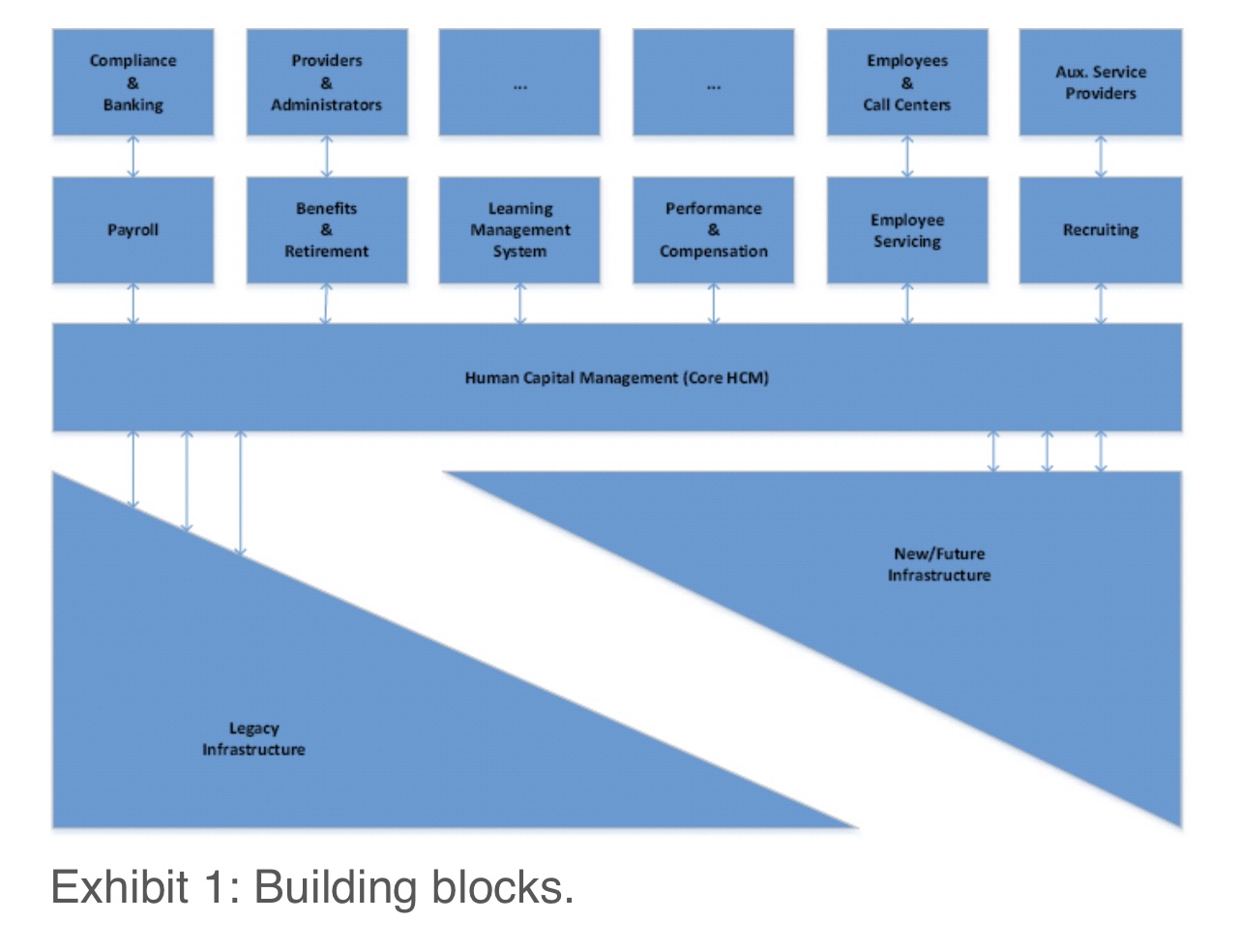
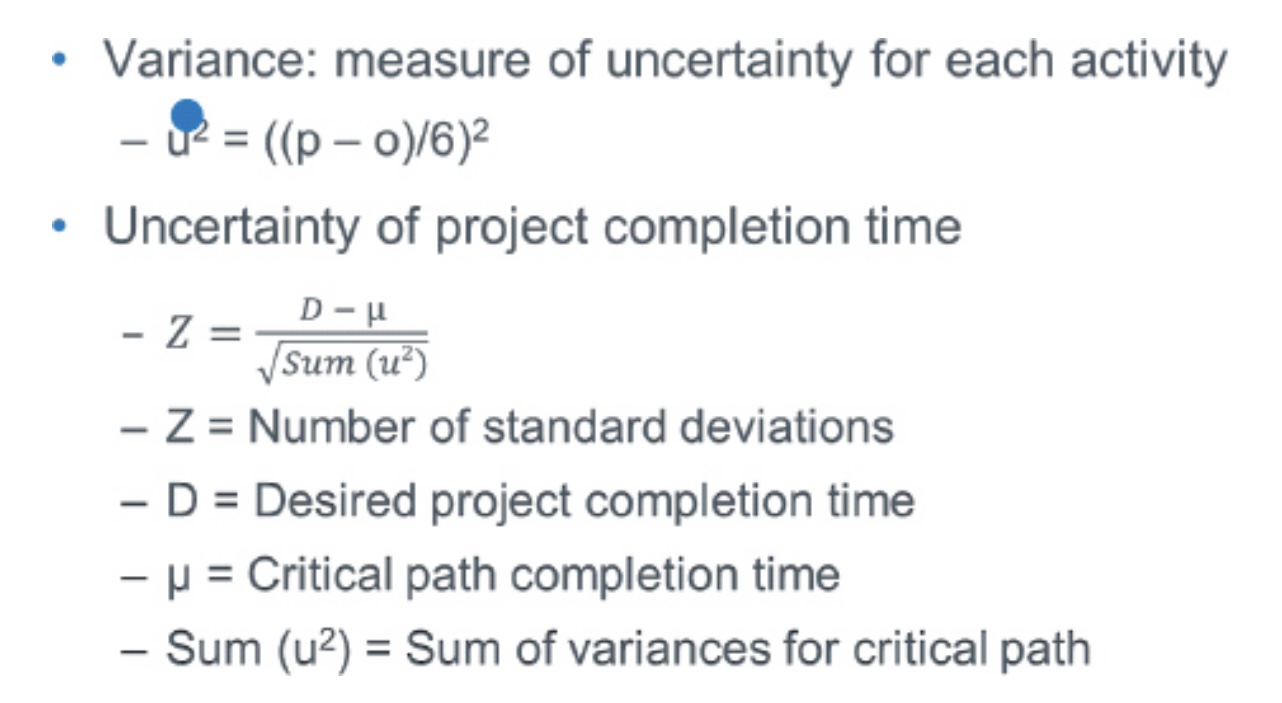
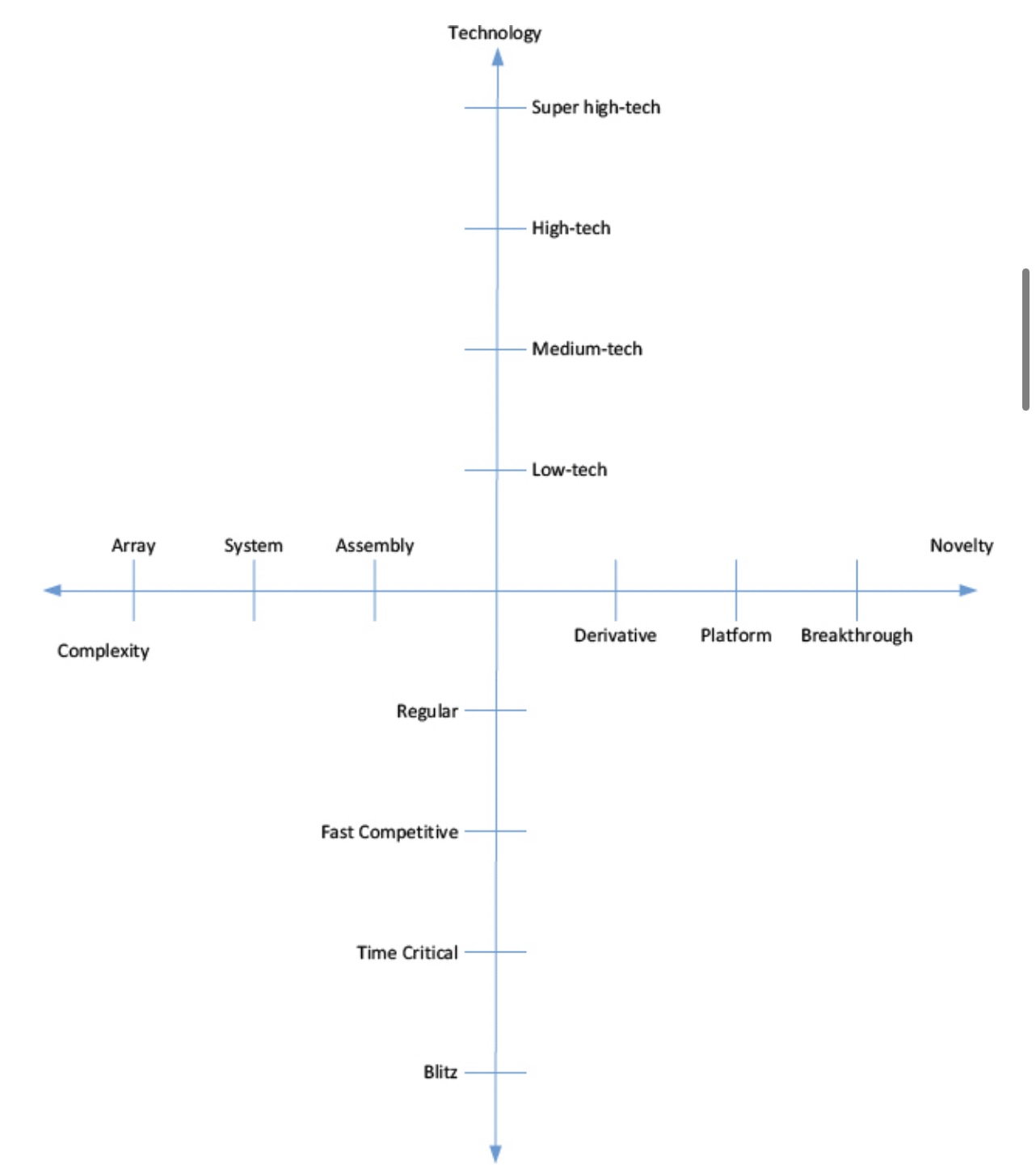
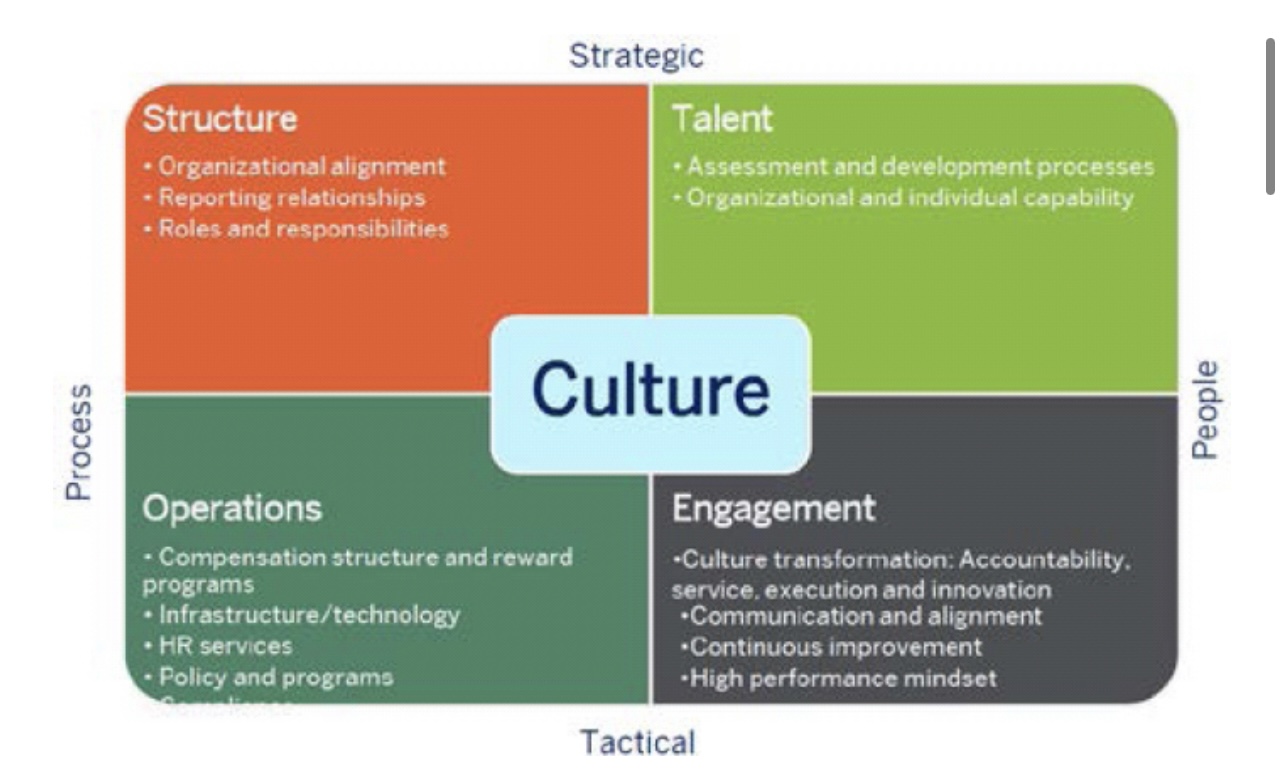
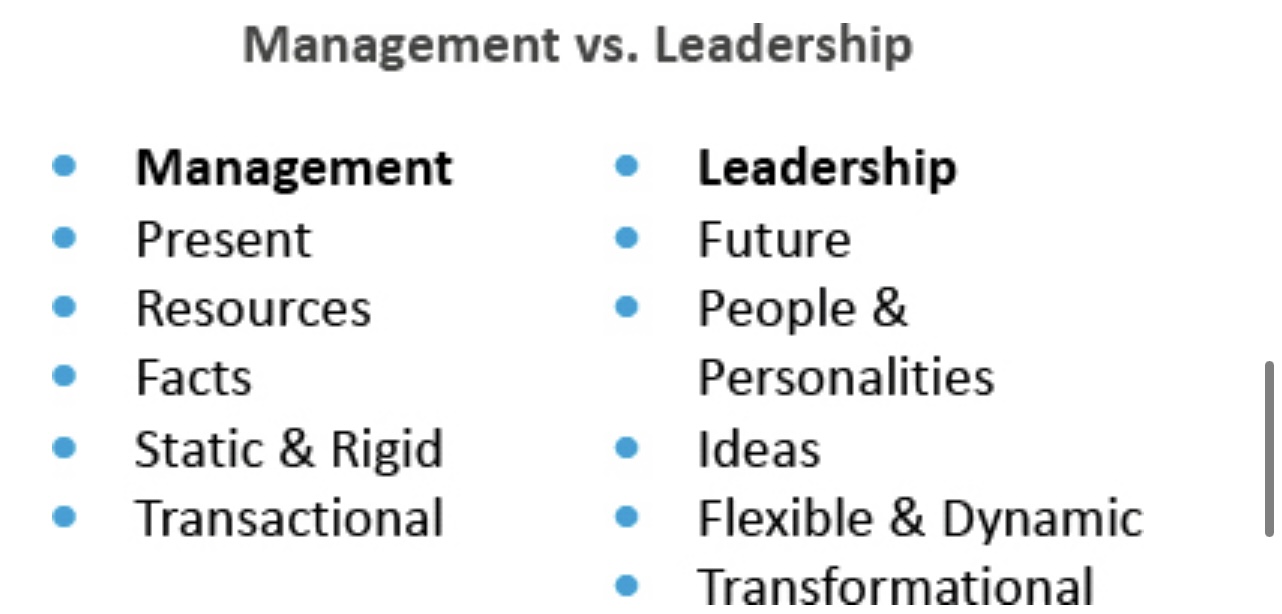
Step by Step Solution
There are 3 Steps involved in it
Step: 1

Get Instant Access to Expert-Tailored Solutions
See step-by-step solutions with expert insights and AI powered tools for academic success
Step: 2

Step: 3

Ace Your Homework with AI
Get the answers you need in no time with our AI-driven, step-by-step assistance
Get Started


